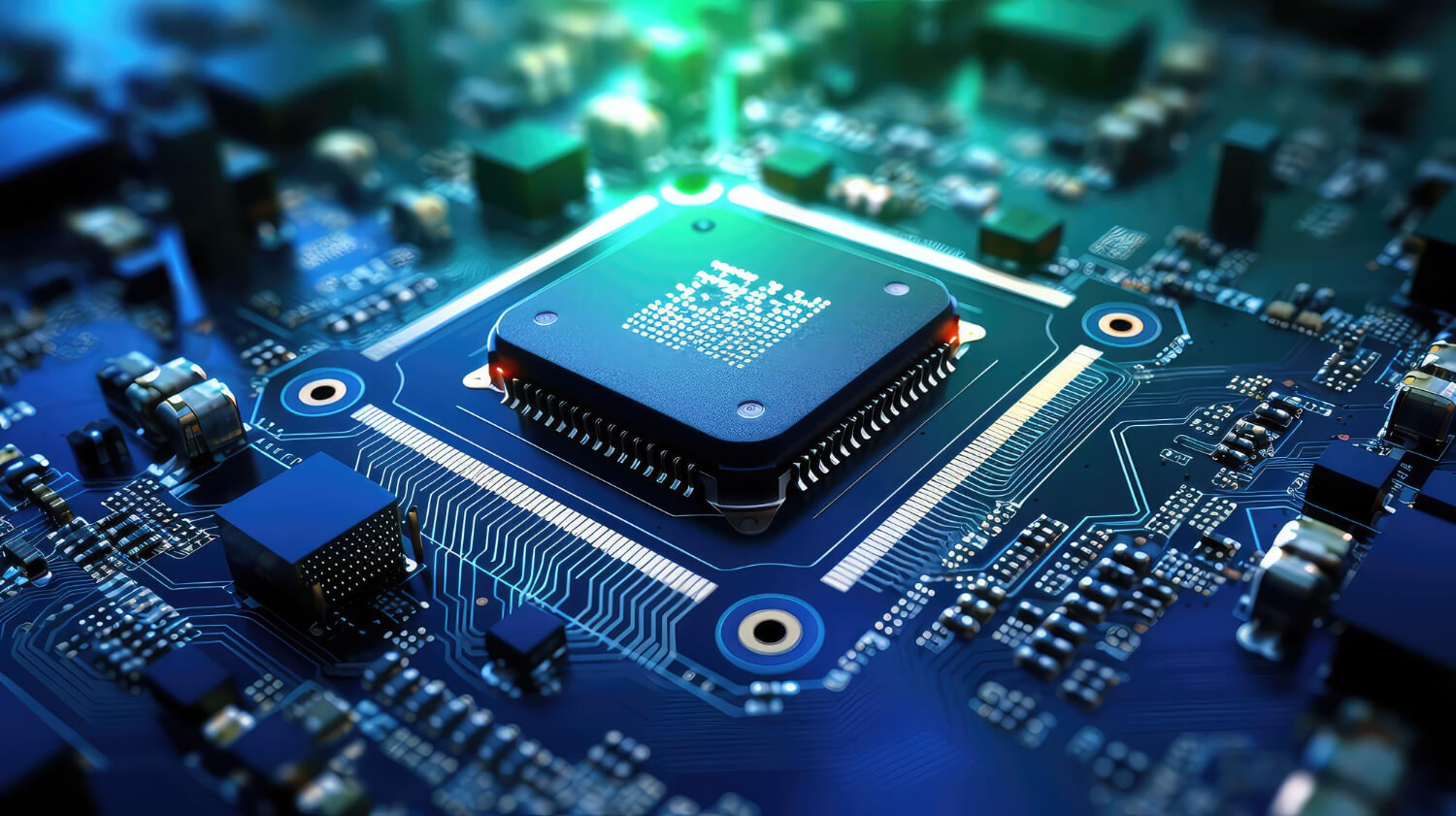Can you imagine a world without technologies wherein there are no computers, mobile phones, television, automobiles, AC, and airplanes?
Without a proper PCB layout, a device cannot function properly. Creating a PCB board design is the same as completing a piece of art wherein a team of engineers spend weeks or months creating the patterns. Developing a PCB layout is not a cakewalk, but anyone with proper guidance and knowledge can also do it.
With this article, we’ll help you understand a few things that let you design the PCB layout process. Take a look!
What is a PCB Layout?
A layout is characterized by the pattern of laying out parts of a particular item or arranging them meaningfully. In the same way, the PCB layout indicates several processes that are required in designing the printed circuit board. It involves creating traces, mounting holes cutouts, putting labels, specifying locations of various components, etc.
A significant concept in PCB design is wire routing, which is one of the most daunting tasks. Routing is the subsequent step once the placement is done. In the placement part, engineers determine the location of different components on the PCB. In routing, wires are added to connect the components as per the design rules.
PCB designing is done manually & automatically. However, to eliminate human errors these days, the designing is done using various PCB designing software having the auto-router feature. This saves time as well as effort and makes the process even simpler. However, it’s not the best option as the designs are not always precise and symmetrical as they should be.
Elements of PCB Layout
Creating & manufacturing the PCB layout involves some of the following elements:-
- Schematics–
It is a diagram of components, connections, and circuits that are laid out in an easy-to-understand way. It’s essential while designing a PCB layout as it helps engineers understand & construct the system of the circuit. - High-Frequency Signals –
The PCBs that support higher frequencies have special requirements. Most of the interfaces used today operate at more than 50 MHz, making it essential to have some knowledge of frequencies to avoid issues with high signals.
With the advancement in technology, the frequency of signals has become significantly high. Therefore, there is a need to understand signal propagation. Also, it would help if you bridged the gap between analog & digital design. - Routing Signal & Placement of Components –
When it comes to the placement of components & signal routing, one needs to follow the direction in which the signal & current flow in the PCB board design.
Make sure that you maintain a distance between the digital and analog signals. The analog circuits are sensitive to a digital signal and can even lead to disruptions on the analog side.
Steps Involved in PCB Designing
PCB designing plays a quintessential role at every point of the printed circuit board production process. Creating a PCB design includes six basic steps:
-
- Concept
Once you have identified the need for a PCB, the next step is to conceptualize the board. The initial phase involves defining the PCB’s functions and interconnection with other circuits, features, placements at the final product, and dimensions. Also, one needs to consider the approximate range of temperature and other environmental factors in which it will operate. - Schematic
Once you’re done with the concept, the next step is to draw the circuit schematic based on the finalized concept. It includes all the information needed for the board’s electrical components to function appropriately. Not only this, but it must also include the details, such as component name, rating, value, and manufacturer part number.
When creating a schematic, don’t forget to create a bill of materials containing information on all the components you need for the PCB. - PCB Mechanical Constraints
You need to define Mechanical constraints such as Board dimension, thickness, cutouts, Mounting holes, Keepout regions, Mating and I/O connector locations. - Component Placement
The next and very critical step in designing a PCB layout is the component’s placement. A proper component placement ensures good electrical connection between Circuits and as well enabling the PCB to be assembled and tested efficiently. - Routing
The next important and tedious task in PCB layout is routing. The performance of High speed interfaces, RF, Analog and High power signals is determined by the routing. A good routing between circuits improves the Signal and Power Integrity of the PCB. While the electrical requirements are taken care, all Manufacturing related constraints to be addressed to improve PCB fab yield. - Validation
This is the final step; after you’ve completed the design, you must run a series of Quality and Manufacturing (DRC) checks to meet all the requirements. The design gets completed once the checks are passed, but if not, you have to go back to the previous phases, where you need to make changes and adjustments.
- Concept
How Tessolve Provides Turnkey Solutions for PCB Design?
As the leading semiconductor engineering solution provider, Tessolve is determined to serve clients and meet their needs. We develop ATE, system and the evaluation boards that help our customers evaluate their product functionality before mass production. We provide the board developments with a team of experts in High-Speed Processors, Analog, RF domains, and Mixed signals. So, make sure to get the perfect design with a combination of hardware engineering with Tessolve and get the best PCB design that you want.
For better assistance from our experienced engineers, email us today sales@tessolve.com



